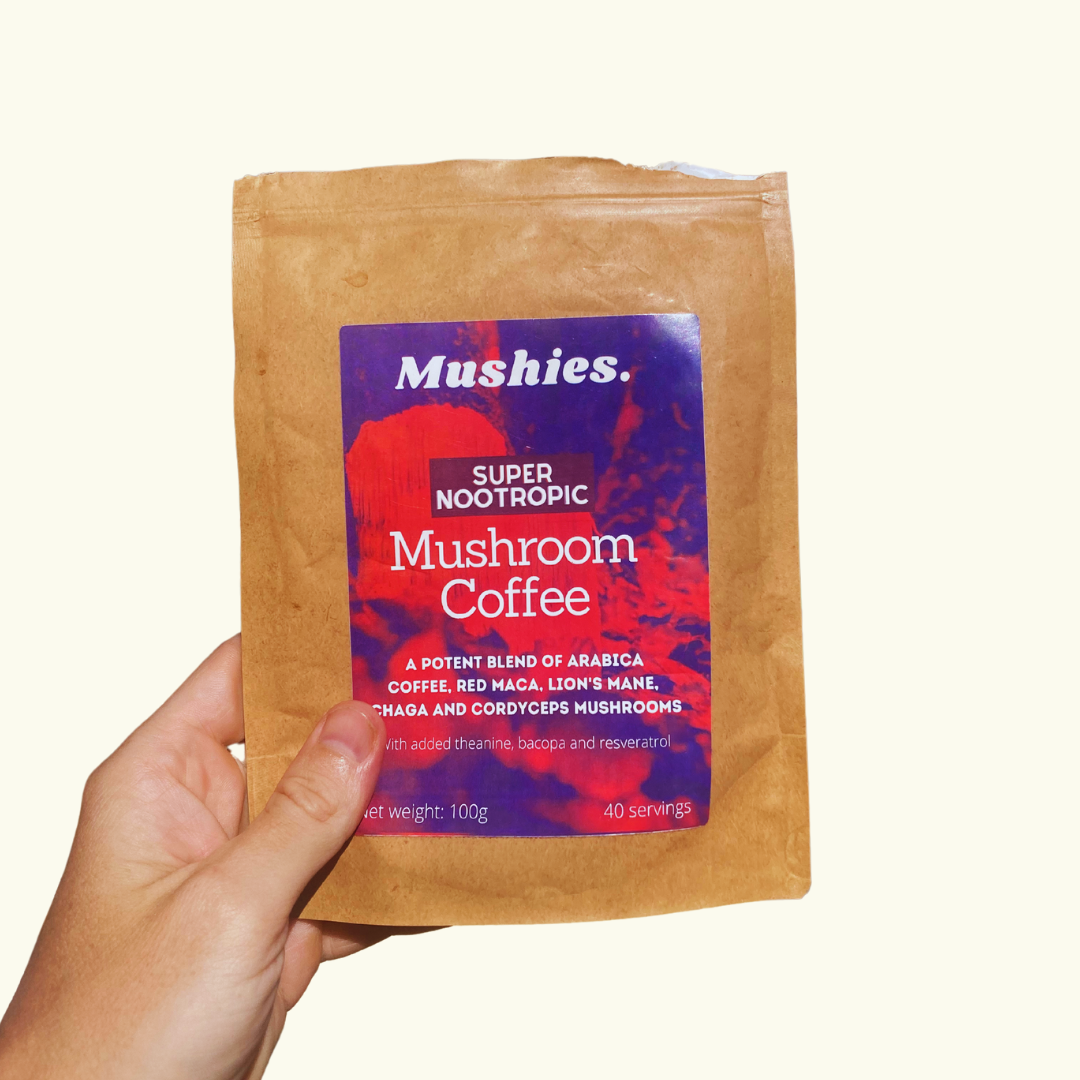Every once in a while, nature pulls off something so strange, and yet so beautiful, that it makes you question how the world really works.
Take psilocybin, the compound behind magic mushrooms. For thousands of years, it’s been a bridge between worlds, helping shamans speak with the divine and now helping modern scientists understand the mind.
But how and why mushrooms became "magic" has long been a mystery. Now, a new wave of research sheds some light on the matter, showing that mushrooms didn’t just evolve psilocybin once. They did it twice, in two completely different ways.
A Chemical Coincidence 65 Million Years in the Making
In early 2024, researchers from the University of Utah published the largest-ever genomic study of Psilocybe mushrooms, which the most famous magic mushroom genus. They sequenced 52 species (39 for the first time ever) and traced psilocybin’s origins back 65 million years, to just after the asteroid that wiped out the dinosaurs.

Imagine the world then. Cold, dark, and full of decay. As trees died and ecosystems collapsed, fungi thrived. Digesting the world that came before. And somewhere in that darkness, the first psilocybin mushroom emerged.
The study revealed that Psilocybe actually split into two major genetic branches about 57 million years ago, each carrying a distinct version of the psilocybin-producing gene cluster. So two different blueprints for the same molecule, both preserved through millions of years of evolution.
A more recent study has also found a completely different group of mushrooms, Inocybe (known as fiber caps), evolved psilocybin too, but through a totally separate biochemical pathway. They started with the same amino acid, but used none of the same enzymes to reach the same end point.

Different recipe. Same magic.
It's what scientists call convergent evolution, and it equates t nature finding the same solution twice.
But Why? What Does Psilocybin Do for the Mushroom?
Here’s the great mystery. Because nobody knows why.
Psilocybin binds to serotonin receptors in mammals, insects, and even spiders, causing strange, altered behaviours. That suggests it might be a defence mechanism by confusing predators. But the evidence doesn’t quite fit. Insects still happily lay eggs inside psilocybin mushrooms. Other animals still chew them up. So what gives?
One new theory (the Gastropod Hypothesis) suggests psilocybin may have evolved to deter slugs. Around the same time psilocybin appeared, slugs exploded in population. If you’re a mushroom, tripping out your predators might be an effective survival trick.
Nature as a Chemist, Consciousness as a Feedback Loop
When you zoom out, the fact that psilocybin evolved twice feels less like coincidence and more like communication. Nature wanted this molecule to exist.
Two unrelated fungi - one growing on dung, one living symbiotically with trees - both found their way to the same molecular pattern that just so happens to dissolve ego boundaries, inspire awe, and foster empathy in humans.
Could it be evidence or ecological intelligence? A distributed mind expressing itself through biochemistry?
Because now, millions of years later, humans are rediscovering this ancient molecule and using it to heal. From PTSD and depression to end-of-life anxiety, psilocybin-assisted therapy is showing promise across modern psychiatry.

Final Thoughts
Psilocybin didn’t evolve for us. But it found us anyway. And the more we study it, the more it looks mysterious it becomes.
Could it be a reminder that intelligence doesn’t just live in brains? That it emerges from networks through connection?
As Bryn Dentinger, one of the study’s authors, put it:
“If psilocybin does turn out to be this kind of wonder drug, there’s going to be a need to develop therapeutics to improve its efficacy. What if it already exists in nature?”
Maybe nature figured it out first. And we just need to listen a bit more closely.






